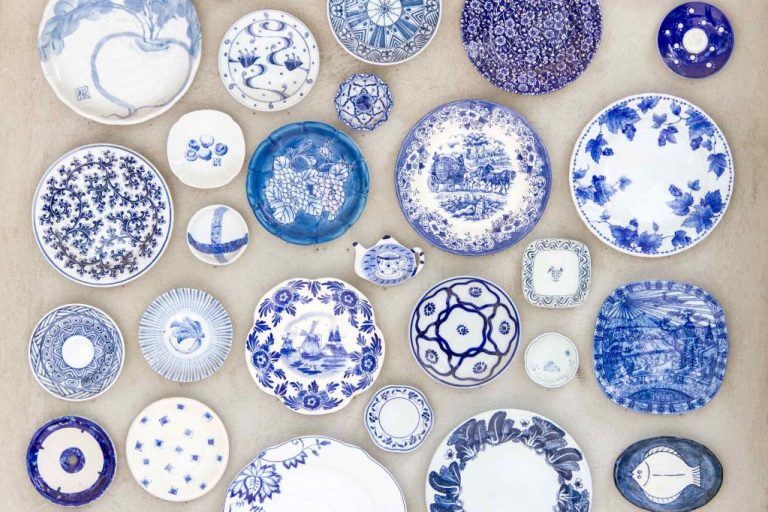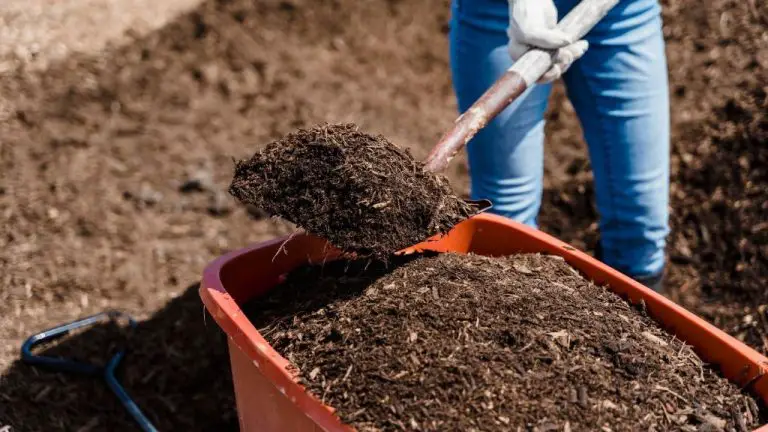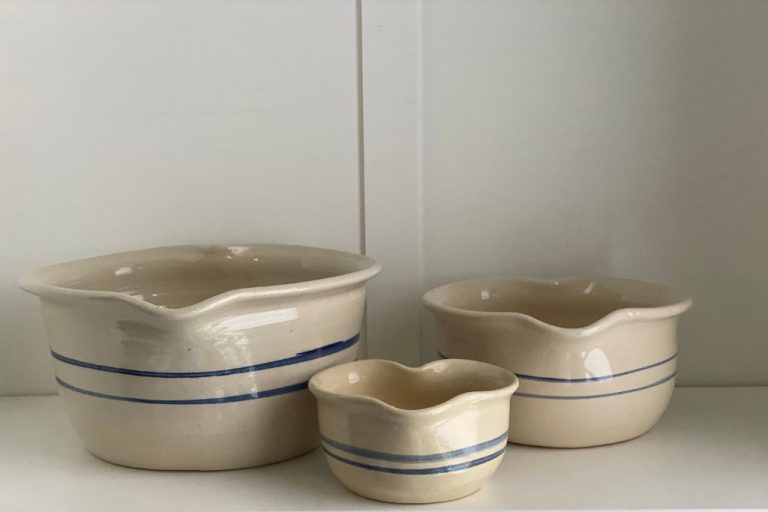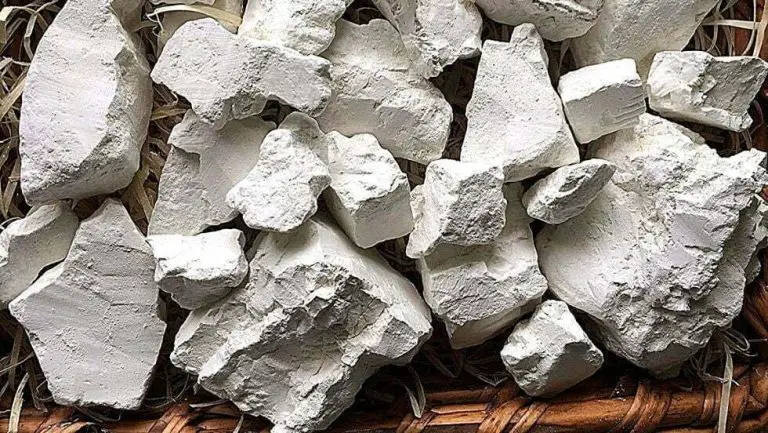What Is A Good Fire Brick?
What are Fire Bricks?
Fire bricks, also known as refractory bricks, are high-temperature resistant bricks that can withstand extremely high temperatures, usually over 1000°C. They are commonly used to line furnaces, fireplaces, fireboxes, and other high heat applications. The history of fire bricks dates back thousands of years, with evidence of early civilizations in Egypt and Mesopotamia using fire bricks in kilns and furnaces. Modern fire bricks emerged in the late 19th century as manufacturing improved and new refractory materials were developed.
The most common uses of fire bricks today include:
- Lining industrial furnaces such as blast furnaces, coke ovens, and kilns
- Building residential fireplaces and wood-burning stoves
- Lining chimneys
- Insulating steam boilers and power generation equipment
- Lining incinerators
Fire bricks are able to withstand such high temperatures due to their chemical composition and properties. They are manufactured from refractory clays which contain a high percentage of alumina and silica. At high temperatures, these minerals fuse to create a glassy phase that resists heat penetration, thermal shock, and corrosion.
Properties of Fire Bricks
Fire bricks have unique properties that make them well-suited for applications involving high temperatures, such as lining furnaces, fireplaces, stoves and other heating devices. Some key properties of fire bricks include:
High Temperature Resistance – Fire bricks are highly refractory and can withstand extremely high temperatures, ranging from 1000°C to 1800°C. They maintain their strength and form even when exposed to high heat for prolonged periods (source: https://theconstructor.org/building/fire-bricks-properties-types-uses/29377/).
Low Thermal Conductivity – Fire bricks have low thermal conductivity, meaning they are very poor conductors of heat. This property helps them resist transferring heat from their exposed face to the opposite face, allowing them to withstand high temperatures from fires, etc. (source: https://housing.com/news/all-about-fire-bricks/).
Low Porosity – Fire bricks have a very low porosity, meaning they have minimal air pockets and voids. Their dense structure prevents the absorption of heat and allows for resistance to spalling or cracking when rapidly heated or cooled.
Types of Fire Bricks
Firebricks are classified into different types based on their chemical composition. The three main types of firebricks include:
Acidic fire bricks – These firebricks contain over 50% silica (SiO2). They resist acids and withstand temperatures up to 1650°C. Acidic bricks are used in areas with acidic flue gas, such as glass furnaces and incinerators.
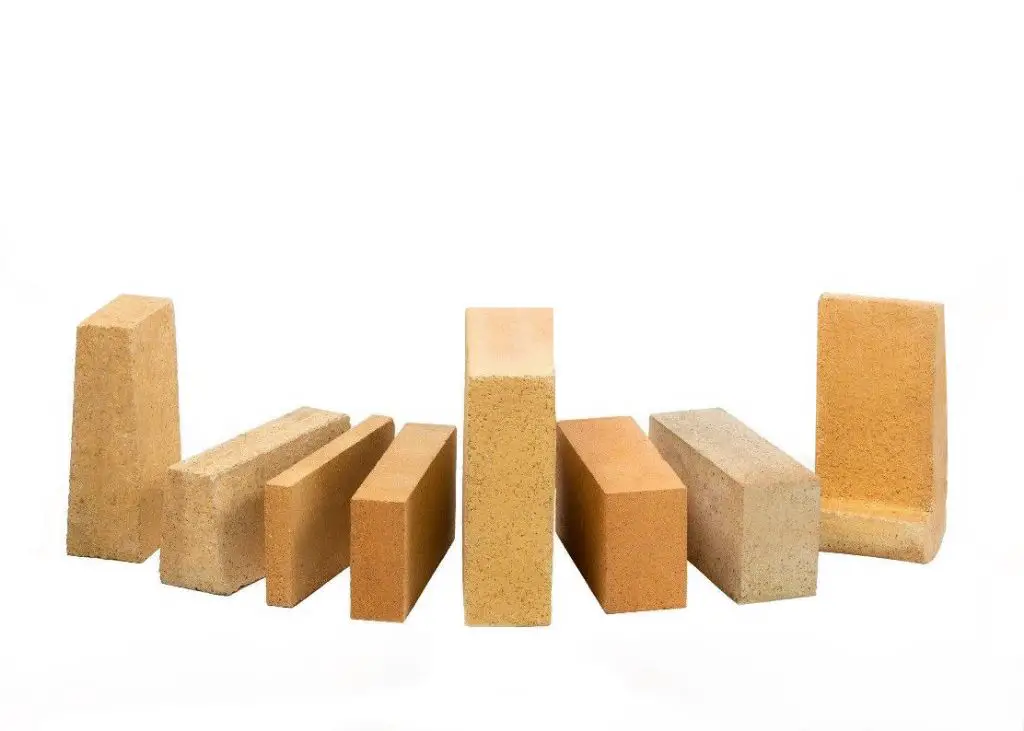
Basic fire bricks – Basic bricks contain high amounts of alumina (Al2O3), typically between 50-80%. They withstand temperatures up to 1760°C and are resistant to basic fluxes. Basic bricks are used in areas with basic slags or furnace linings.
Neutral fire bricks – Neutral bricks contain about 30-60% alumina and under 50% silica. They resist both acids and bases, withstand up to 1650°C, and are widely used in various furnaces.
Other types of firebricks include magnesite bricks made of magnesite (MgO), which resist basic slags. Dolomite bricks contain dolomite (CaMg(CO3)2) and magnesite, giving good slag resistance. Carbon bricks are made of graphite to withstand chemical attack in corrosive atmospheres.
Grades of Fire Bricks
Fire bricks are classified into several grades based on their alumina and silica content. The alumina content determines the grade of the brick.
Grade A fire bricks have an alumina content of more than 45%. They have very high refractoriness of over 1760°C. Grade A bricks are used in areas demanding high temperatures like the arches of glass tank furnaces, roofs of open hearth furnaces and lining of ladles.
Grade B fire bricks have an alumina content between 36 – 45%. They have a refractoriness of 1650°C – 1760°C. Grade B bricks are used in high temperature applications like regenerators, boiler furnaces, soaking pit lining, and hot metal ladle lining.
Grade C fire bricks have an alumina content between 30 – 36%. They have moderate refractoriness of 1580°C – 1650°C. Grade C bricks are used in moderate temperature applications like baffle walls of furnaces, air preheaters and burner blocks.
Fire Brick Sizes
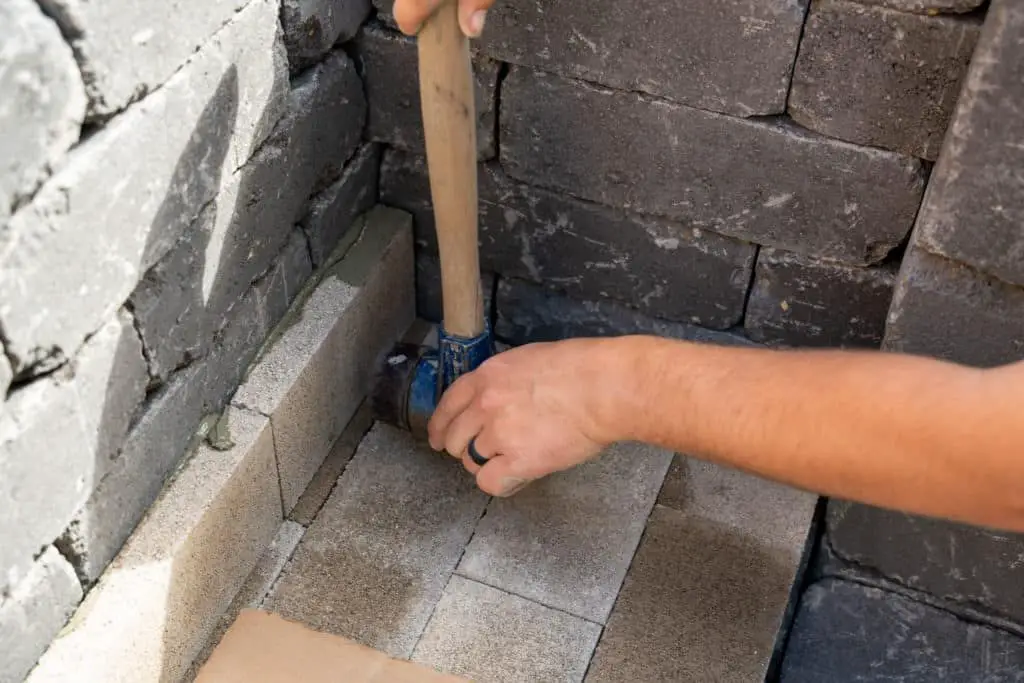
Fire bricks come in standard sizes as well as custom sizes to meet specific application needs. Standard fire brick sizes include:
- 9″ x 4.5″ x 2.5″
- 9″ x 3″ x 2.5″
- 9″ x 4.5″ x 3″
- 8″ x 4″ x 2.5″
According to Castable Refractory, these standard sizes allow fire bricks to be interlocked easily for construction of furnaces and kilns.
Custom fire brick sizes are also available for specialized applications. As Stove Industry Supplies notes, customized sizes can be ordered through their fire brick calculator to meet specific size and shape requirements.
Knowing the standard sizes along with the ability to order custom sizes ensures fire bricks can be obtained in the proper dimensions for any high-temperature application.
Fire Brick Shapes
Fire bricks come in a variety of standard shapes to fit different applications. Some common fire brick shapes include:
Squares – Square fire bricks are the most common shape and can be laid in various bonding patterns. Standard sizes are 4.5” x 4.5” x 2.5”, 4” x 4” x 2.5”, and 3” x 3” x 2.5” (length x width x thickness).
Arches – Arch shaped fire bricks are used to construct arched openings. Standard arch brick sizes include 4.5” x 2.25” x 2.5” and 4.5” x 4.5” x 2.5”. K-26 arch bricks are commonly used in kiln construction.
Splits – Split fire bricks have a textured split face on one side. These are used where a decorative face is desired. Standard split sizes are 4.5” x 4.5” x 2.5”.
Clips – U-shaped clips allow attachment of firebrick to kiln shelves. Clipper DP clips interlock bricks for a tight fit.
In addition to these standard shapes, fire bricks can be custom cut to fit specific needs. The type of application will determine the optimal fire brick shape and size.
Fire Brick Manufacturing
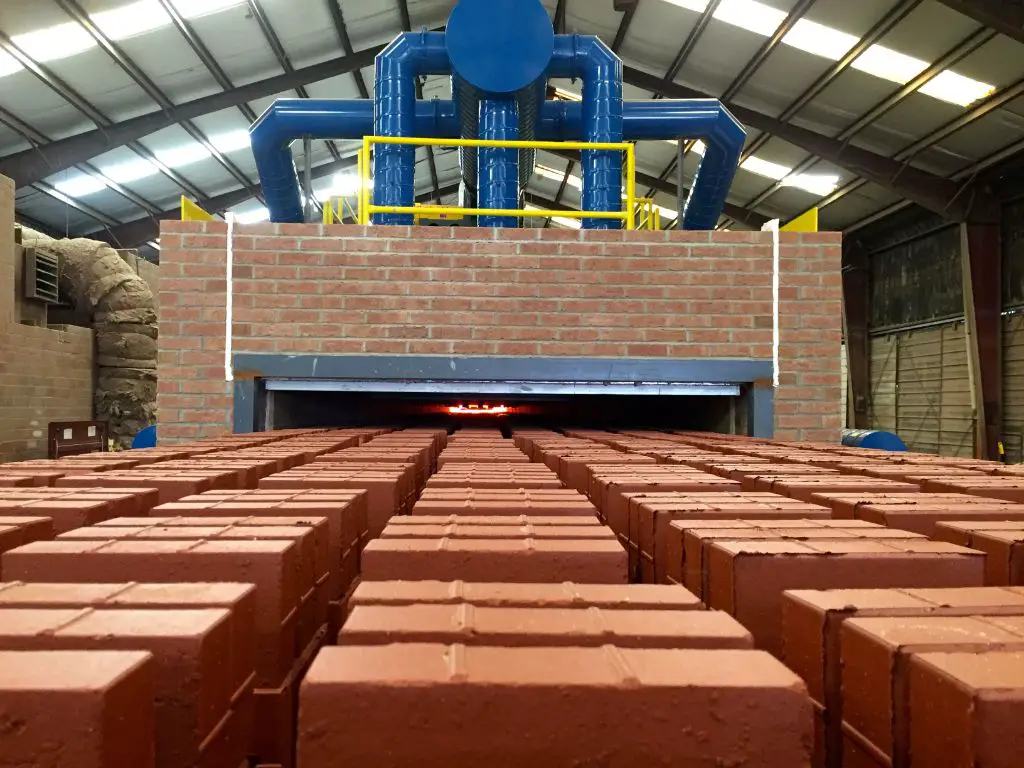
Fire bricks are manufactured from raw materials that can withstand extremely high temperatures. The most common raw materials used are various types of clay, as well as alumina, silica, and magnesite. The manufacturing process involves shaping and firing the bricks at high temperatures.
The raw clay material is first crushed and ground into a fine powder. This powder is then mixed with water to achieve the desired consistency. The clay is then shaped into bricks using processes like soft mud molding, stiff extrusion, or dry pressing [1]. The shaped bricks are dried to remove excess moisture before being fired in a kiln at temperatures over 1000°C.
The firing process vitrifies the clay, forming ceramic bonds that give the bricks their heat resistant properties. Different clays require different firing temperatures based on their composition. The bricks may go through multiple firings to fully vitrify the clay. After firing, the bricks are quality tested for metrics like density, porosity, and compressive strength [2].
High quality fire bricks that meet industry standards like ASTM C27 are relatively porous, with low thermal conductivity. This provides insulation and resistance to thermal shock. The manufacturing process is designed to achieve the optimal mechanical, physical, and thermal properties required for various fire brick applications.
Fire Brick Testing
Some key tests used to evaluate fire bricks include cold crushing strength, thermal shock resistance, and porosity testing. The cold crushing strength test determines the amount of load a refractory material can withstand at room temperature (ASTM C133 – 97(2015) Standard Test Methods for Cold Crushing Strength and Modulus of Rupture of Refractories). This helps assess the material’s suitability for use in load-bearing applications.
Thermal shock resistance testing evaluates how well a refractory withstands sudden temperature changes. The refractory sample is heated to an elevated temperature, then cooled rapidly by water or air quenching. The number of cycles completed before failure determines the thermal shock resistance (ASTM C1171 – 16 Standard Test Method for Quantitatively Measuring the Effect of Thermal Shock and Thermal Cycling on Refractories). Materials with higher thermal shock resistance are better able to withstand thermal stress.
Porosity testing measures the volume of open pores within a refractory material. Higher porosity typically indicates lower strength, density and durability. Water absorption testing per ASTM C20 – 00(2015) is commonly used to determine porosity. The test involves drying, weighing, boiling, and reweighing a refractory sample to determine how much water has been absorbed.
Other key tests include refractoriness under load, slag resistance, abrasion resistance, and specific heat capacity. Following established testing standards helps ensure reliable, consistent results when evaluating and comparing fire brick materials.
Fire Brick Applications
Fire bricks have several important applications, especially in high-temperature industrial furnaces and heating devices. Some of the most common uses for fire bricks include:
Industrial Furnaces – Fire bricks line the interiors of industrial furnaces, ovens, and kilns used for smelting, annealing, and heat-treating metals, as well as firing ceramics. They provide insulation and withstand extremely high temperatures.
Fireplaces and Chimneys – Fire bricks are used to build fireplace fireboxes and chimney flues. They protect the surrounding structure from the high heat of the fire.
Incinerators – Fire bricks construct the combustion chambers of incinerators used for waste disposal. They contain and withstand the heat of burning trash and garbage.
According to Lynn Manufacturing, fire bricks can also be used as a soldering surface for jewelry making, as the bricks can withstand the high heat needed for soldering precious metals.
Buying Considerations
When purchasing fire bricks, there are several factors to consider that will determine the optimal bricks for your specific application:
Brand
Look for reputable fire brick brands that manufacture high-quality products. Well-known brands like Firebrick Supply Co[1], Kilnlinings[2], and RHI Magnesita[3] are good options.
Grade
Select the appropriate grade of fire brick based on the temperature and conditions the bricks will be exposed to. Common grades include regular duty, heavy duty, and super duty.
Size
Standard fire brick sizes are 4.5″ x 9″ x 2.5″, but other sizes like splits, wedges, and special shapes are available. Choose sizes that will fit properly in your application.
Shape
Fire bricks come in square and rectangular shapes, but also special contours and cuts. Select shapes like wedge bricks, tongue & groove bricks, and arch bricks based on the layout of your project.
Carefully evaluating multiple factors will help ensure you purchase high-quality fire bricks optimally suited for safe and effective performance in your specific application.

